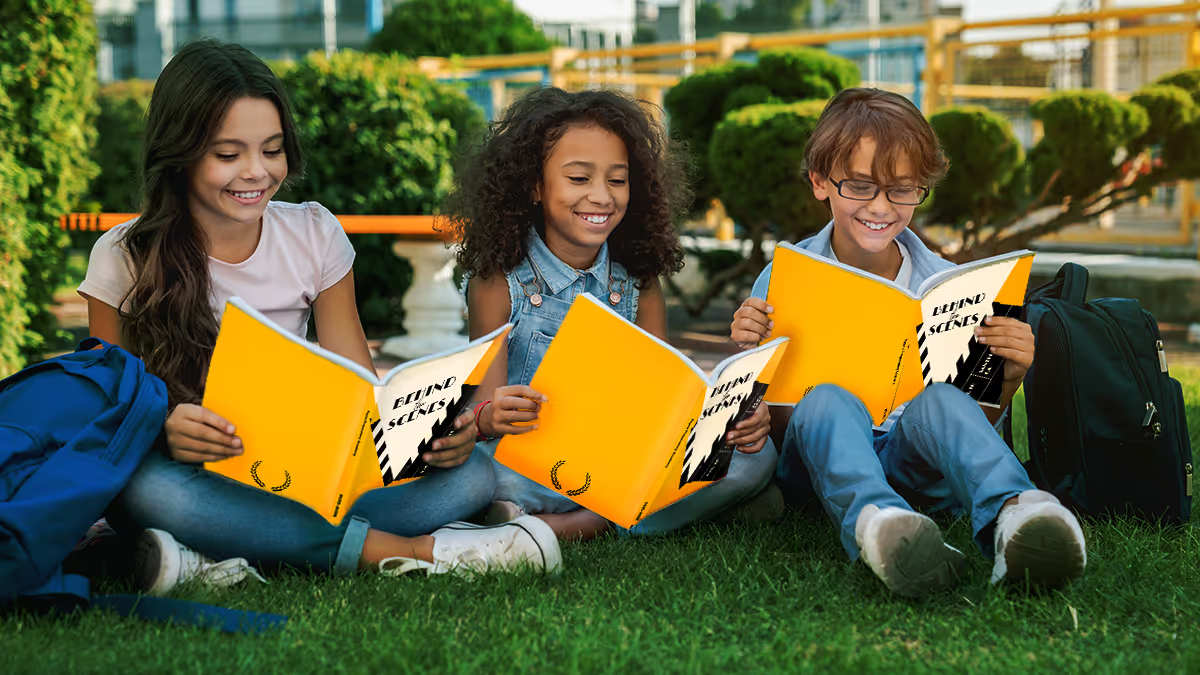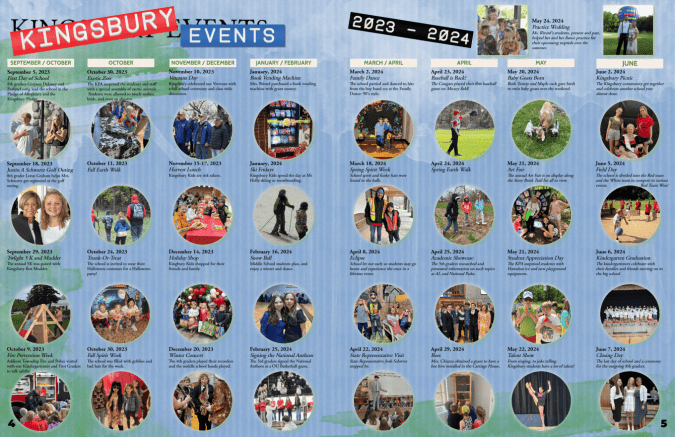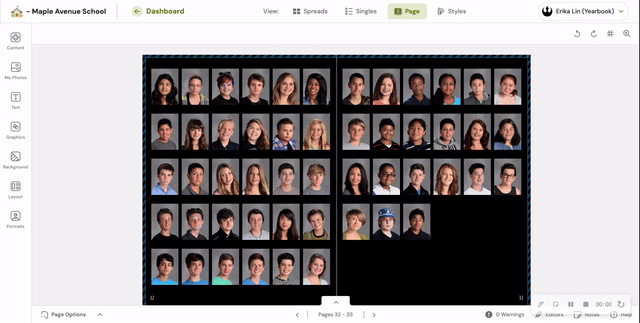
Erikalinpayne
June 10, 2025
2
Min Read Time

Scroll through your yearbook ladder and try not to panic at page after page of emptiness. To help with planning, we compiled this list with the understanding that you would have the meat and potatoes of a yearbook:
New at this? Pick one or two to include in this year’s yearbook. As your tenure as an adviser grows, so can your repertoire of things to include.
This is why we throw yearbook distribution parties. It’s why we wait until the last vote is counted in the ASB election and last ribbon is awarded at field day. Three weeks after clicking “I’m Ready to Print,” boxes of books magically show up.
Autograph pages are easy to include in your yearbook: you use a pre-made template or design your own. It doesn’t have to be fancy.

This is the most underrated spread in the book, a table of contents is the must-have launch pad for the reference book that is your school annual. It’s also something that can take a few clicks to create, if you’re using a Treering theme.
Many times, we see upwards of 60 photos slapped on a spread with no layout structure. The number of students covered is overshadowed by a chaotic layout.
https://blog.treering.com/collage-page-ideas/
PSA: Just because Treering offers layouts with up to 65 photos, doesn’t mean you should use them. Every student should be recognizable. Aim for their faces to be the size of a dime.
Superlatives—is Greg Heffley the only one who calls them “class favorites?”—are yearbook awards based on student surveys. These “Most Likely to…” awards highlight standouts.

Check out our list of 100 superlatives focused on creativity, character, and community contributions.
Unless your yearbook is chronological, including a year-in-review spread is a way to increase storytelling. It gives a holistic overview of the year, both in and out of school.
A designated school year-in-review spread can feature images from events throughout the year, giving an overview of the activities and achievements across campus. Many yearbook creators love to use them for photos that may not have “fit” anywhere else or as a way to cover different students from saturated events pages.

We adapted it. Search "calendar" under "all page templates" to include this in your yearbook.

Some schools include what happens beyond school walls on a year-in-review spread. To do this quickly, use Treering’s pre-designed one.

Yearbook classes and clubs that want to create their own should
Keep in mind: if your year-in-review pages include celebrities, logos, photos someone on your staff did not capture, even in educational yearbooks, you may run the risk of copyright. The Student Press Law Center has a digestible guide on fair use for student media.
Both classroom moments and hallway hangouts show student life on campus. It’s important to include candids, academic photos, and even lunchtime snaps to balance posed portraits.
Another way to break up posed portraits is to include content on portrait pages.

Shrinking your portraits to free up space for storytelling photos or even feature coverage, deepens your coverage and adds value to class pages.
This is last on the list, not least on the list. Regulars to the blog have seen this charge before: If there is no writing in your yearbook, add captions.
Master them. Then, include expanded captions. Then, body copy.
No matter your team size, you can include extras in the yearbook that elevate it beyond a photo album and make the difference between a book that gets browsed and one that’s cherished.